Daisies are a familiar sight in Vietnam, with their cheerful blooms dotting the landscape during the cool months of April. Now, let’s delve into the meaning, cultivation, and care of these resilient flowers.
1 The Legend of the Daisy
According to ancient Irish folklore, daisies represent the souls of infants who have passed away. In an effort to comfort grieving parents, the flowers were scattered across hills and meadows by a higher power, symbolizing purity and innocence.
Daisies also held significance for the ancient Egyptians, who believed that crushing the flowers and mixing them with oil created a hair treatment to restore dark color to graying locks.
 The Legend of the Daisy
The Legend of the Daisy
In Vietnam, a folk tale tells of a poor mother and her devoted child. The child, upon learning of their mother’s grave illness, sought help from a monk. Touched by the child’s plea, the monk presented them with a vibrant flower, symbolizing hope and the essence of humanity, which held the power to heal their mother.
However, this flower would lose a petal each year, signifying the remaining years of the mother’s life. Determined to prolong her life, the child carefully tore the petals into smaller pieces. Thus, the daisy became a symbol of their enduring love and hope.
2 Characteristics of Daisies
Daisies, also known as “crab’s feet”, belong to the Asteraceae family and are commonly found in Southeast Asian and Chinese gardens. They thrive in the wild, particularly in the central regions of Vietnam, such as Quang Nam and Da Nang.
Daisies are perennial plants with a sprawling growth habit. Their robust root system, complete with auxiliary roots and hairs, enables efficient absorption of water and nutrients. The stems may grow horizontally or trail along the ground, and their height, branching, and texture can vary due to genetic factors.
The leaves of the daisy emerge directly from the stems rather than having individual leaf stalks. They have a slightly rough texture and are covered in fine hairs. Their color is a deep green, and their size can vary depending on environmental conditions and cultivation techniques.
Despite being considered a “wild” flower, the daisy boasts vibrant and attractive blooms in hues of yellow and white. In recent times, efforts have been made to cultivate and propagate this resilient flower.
 Characteristics of Daisies
Characteristics of Daisies
3 Symbolism of Daisies
Meaning in Vietnamese Culture
Daisies are a common motif in Vietnamese folk art, symbolizing resilience, endurance, and the bond of human connection.
The white daisy, also known as the chrysanthemum, is a symbol of good fortune, passion, and dynamism. Blooming in April, it represents those born in this month as energetic, bold, and full of life and compassion.
Daisies, though delicate in appearance, embody the strength and perseverance of individuals who refuse to be defined by adversity. They stand tall amidst the storms of life, a reminder that even the humblest of “wildflowers” possesses inherent beauty and profound significance.
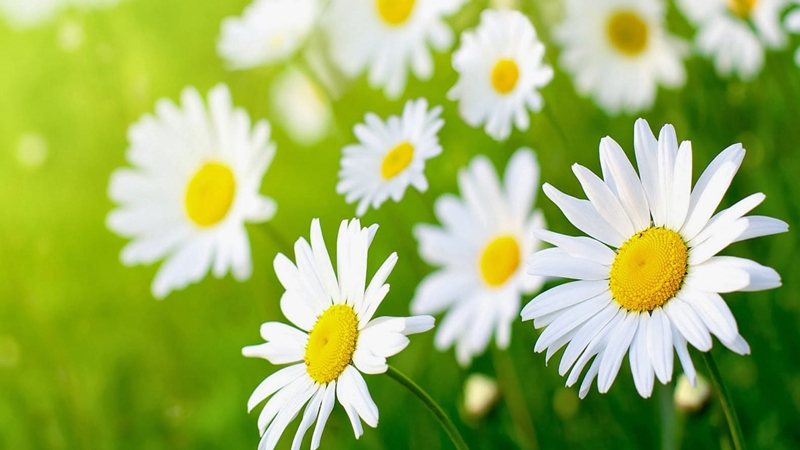 Symbol of Resilience
Symbol of Resilience
Meaning in Friendship
In the context of friendship, daisies represent pure and selfless camaraderie, free from ulterior motives. The pristine white petals of the daisy serve as a reminder to cherish and nurture a beautiful and enduring friendship.
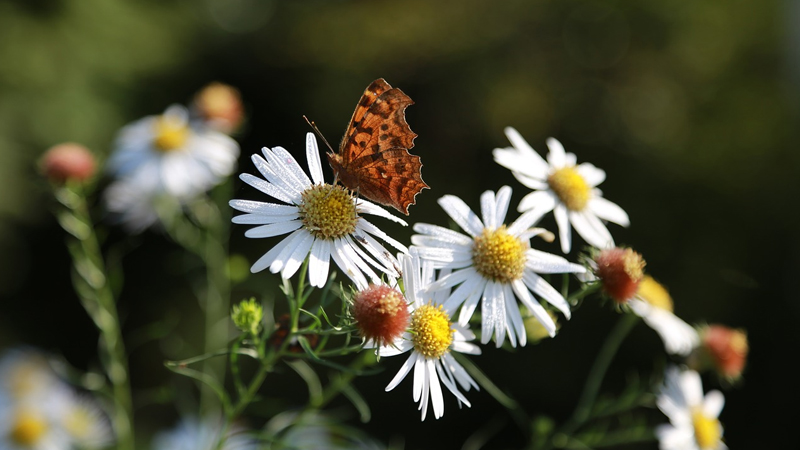 Symbol of Precious Friendship
Symbol of Precious Friendship
Meaning in Romance
In the realm of romantic love, daisies signify a devoted and enduring love, full of sweetness and sincerity. The daisy embodies the ideal of a faithful partner who knows how to nurture and enrich the relationship.
On a broader level, daisies represent the couple’s unwavering belief in a bright future filled with happiness and tranquility.
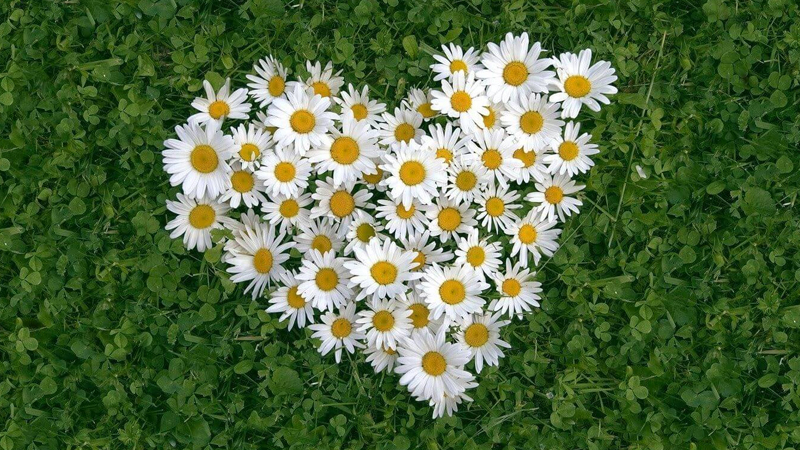 Symbol of Faithful Love
Symbol of Faithful Love
4 Benefits of Daisies
Beyond their aesthetic appeal, daisies offer a multitude of health benefits and medicinal properties. Various parts of the plant, including the roots, stems, leaves, and flowers, can be utilized for therapeutic purposes. Here are some of the ways in which daisy extracts can promote human health:
- Anti-inflammatory properties effective against pneumonia, arthritis, bronchitis, and more.
- Antibacterial and antiviral capabilities to combat influenza and sore throat.
- Fungal inhibition.
- Stimulation of red blood cell production.
- Boosted immune system to ward off various ailments.
- Cardiovascular benefits for conditions like heart failure and hypertension.
- Treatment for obesity and high cholesterol.
- Relief from symptoms like dizziness, headaches, and blurred vision.
 Benefits of Daisies
Benefits of Daisies
5 Cultivation and Care of Daisies
Planting Techniques
Daisies can be propagated through seed germination. Begin by loosening the soil and exposing it to air for a week to eliminate any pathogens. Then, refine the soil texture, add fertilizer, and sow the seeds.
August is the ideal month for seed distribution, and germination typically occurs within a week. After two months, you’ll notice the emergence of young leaves. At this stage, transfer the seedlings to a nursery bed or individual pots. By March of the following year, the plants will be ready for permanent planting in a flower bed or garden.
Due to their propensity for variation, it’s essential to select the best specimens from single-stemmed plants each year to retain seeds for the subsequent season.
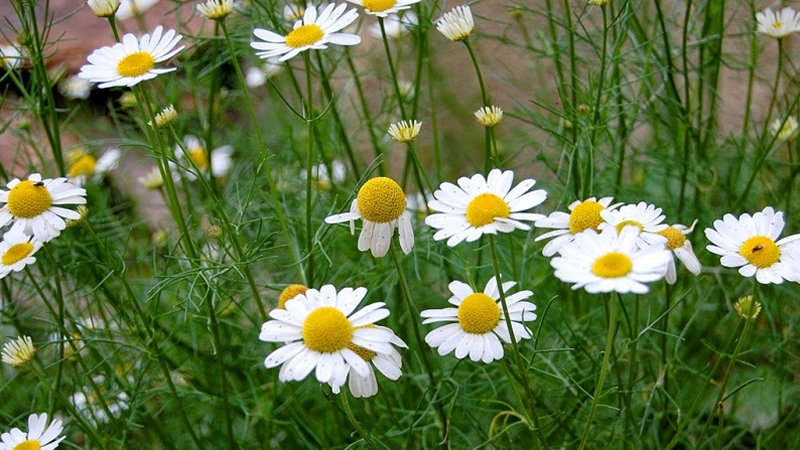 Cultivation Techniques
Cultivation Techniques
Care Instructions
- Temperature
Daisies thrive in cool temperatures, tolerating lows but performing best between 12°C and 25°C. They flourish in sunny conditions and struggle in high heat or shaded areas.
- Soil
For optimal growth and blooming, daisies prefer sandy loam soil with a pH of 6 to 6.5. Ensure the soil is well-drained, airy, and slightly loose.
- Watering
Daisies are drought-tolerant and require watering only once every 7 to 10 days. During winter, reduce watering to maintain essential moisture levels without over-saturation. For daisies grown outdoors, regular watering, preferably in the evening, is recommended.
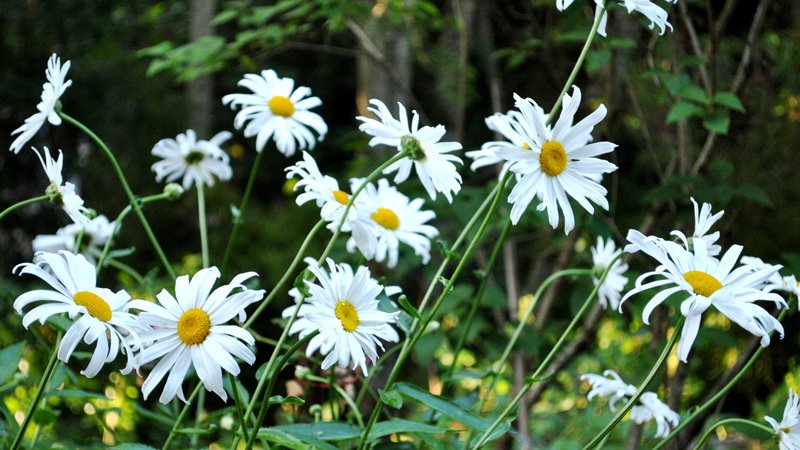 Care Instructions
Care Instructions
6 Captivating Images of Daisies
 Daisies in the Sunshine
Daisies in the Sunshine
 Pristine White Daisies
Pristine White Daisies
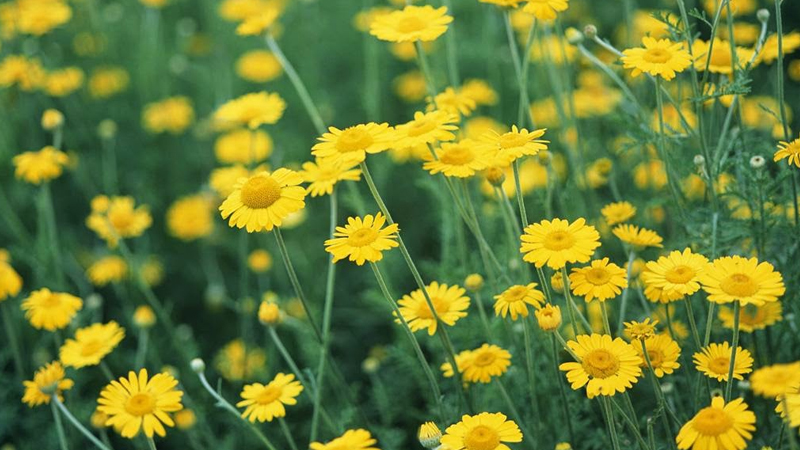 Vibrant Yellow Daisies
Vibrant Yellow Daisies
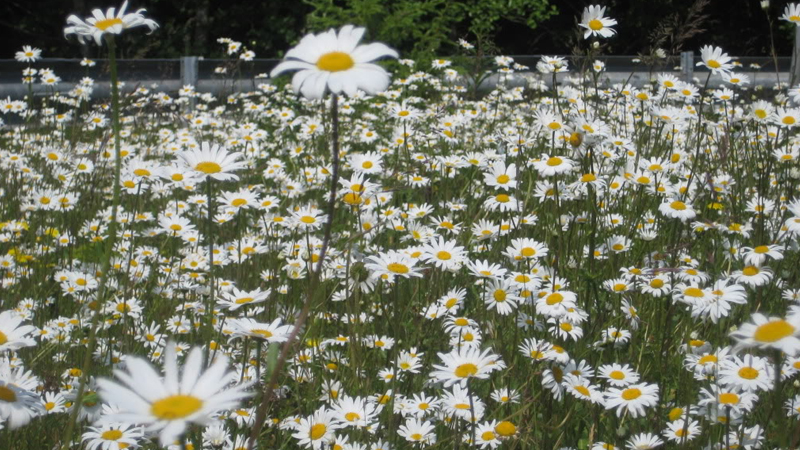 The Beauty of Small Flowers
The Beauty of Small Flowers
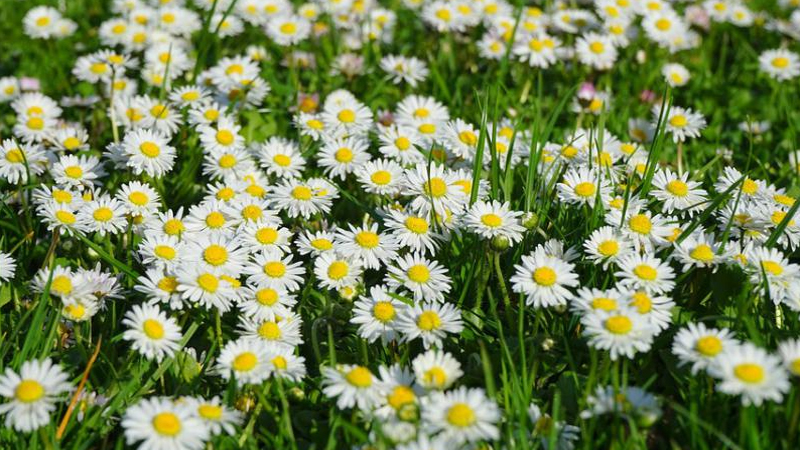 Resilience in Nature
Resilience in Nature
7 Where to Buy Daisies and Their Price
Daisy flowers and seeds are readily available for purchase at local florists and online platforms like Lazada and Shopee. The price of a bouquet can range from a few hundred to a million VND, depending on the size. Alternatively, daisy seeds can be acquired for as little as 25,000 VND, offering an affordable option for those wishing to cultivate their own blooms.
Among the “pine, chrysanthemum, bamboo, and apricot” flowers, the daisy represents fortune and happiness, with its bright yellow or pure white petals. We hope that this article has enhanced your understanding of daisies. Why not try planting or displaying some daisies to invite joy and good fortune into your life?






























